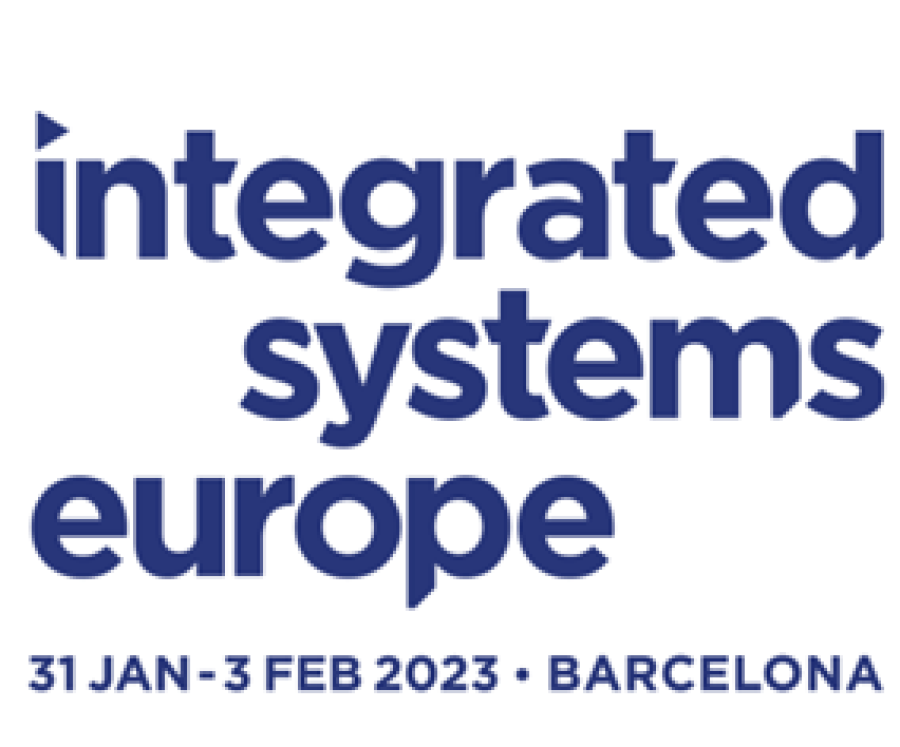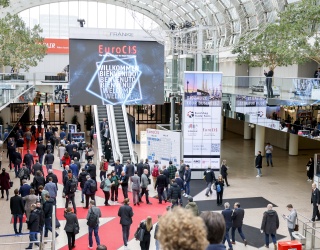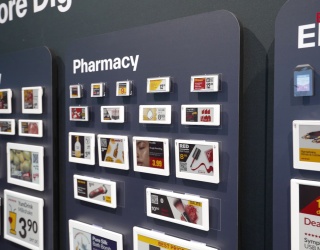EuroCIS in Düsseldorf shows all aspects of retail technology and presents the whole retail expertise of the IT industry.
The topics of the exhibition include omnichannel management, payment systems, cash management, e-commerce solutions, POS hardware, checkout management, digital signage, electronic article surveillance, weighing and Foodservice.
We have looked at what innovations from the different subject areas are shown at EuroCIS 2016 and compiled a selection of interesting products and solutions for you:

Checkout: Mobile Applications and Cloud Computing
With a mobile tablet, retail employees are set in a position to offer truly proactive customer service. Answering questions, checking inventory, handling mobile coupons or wireless bon printing, all this is possible with tablets. At EuroCIS 2016, Posiflex shows an 8 " touchscreen tablet that can be used as an additional external service point for shortening queues at checkout at peak times.
Cloud computing is also a hot topic, which offers advantages such as high scalability and low implementation costs to retailers. höltl operates in this segment with the POS solution POSFlow 5.0. The cloud-based POS system has much lower installation costs than a traditional client-server POS system.
Another focus in this area are new scanner technologies for the checkout. Datalogic shows the first bar code scanner which is completely based on electronic image processing at the trade fair. Even in busy periods at the POS it thus ensures a high throughput at the checkout.
Self Checkout: Adaptable to each shop configuration
At the EuroCIS trade fair visitors can experience new Self-Checkout systems, for example at the Toshiba booth. The trend is going towards individually configurable self-checkouts, which are suitable for quick shopping with a small basket. The new generation of these systems can be flexibly configured and can thus be adapted to any store environment.

Mobile Shopping: All information on the customer's smartphone
With current mobile solutions for use by the customer the complete shopping process can be performed on the smartphone. tarent Solutions for example shows an application for mobile shopping with which customers can do everything – from making a digital shopping list to self-scanning, indoor navigation to automated self-checkout - on their smartphone.
Digital Signage: Finding products faster in the store
At EuroCIS 2016 there are many new signage applications on display. screenFOODnet for eyample will demonstrate a digital Product Finder. The solution has been enhanced with an additional application developed for a fast and straightforward search for the right product. The customer receives a helpful tool that simplifies choosing the right product.

Security: access control and information retrieval
In retail it is important to grant access to certain sensible areas of the store only to authorized employees. With a system like, for example, SALTO Systems will show at EuroCIS, retailers have a constant overview of who has used which door and when. At the same time, the system allows for a reaction in real time, for example by withdrawing access rights for specific users to specific doors. This provides the retailer with a powerful tool to reduce inventory losses caused by employees and suppliers.
The combination of store performance and security solutions, which will be shown at EuroCIS 2016 by Tyco Retail Solutions, offers retailers a number of advantages. These solutions utilize different technologies such as acoustomagnetics, RFID, CCTV and customer frequency and allow the retailer to secure his inventory and to gain valuable inventory data and information about customers at the same time.

Omnichannel: The smart dressing room
Fair visitors can inform themselves at the booth of SALT Solutions about a new solution for connecting the shopping channels. With the intelligent dressing room, the company has developed a module which enhances the point of sale adds with the possibilities of online shopping. The concept focuses on the dressing room in the store. It recognizes the garments which customers have selected to try on using RFID technology or an integrated barcode scanner. On the touch screen the customer is offered numerous options of available sizes and colors which match the clothes he is trying on. A store associate can then bring the new choices to him.
Personnel planning: Flexibility in the stores
Flexible forms of employment such as part-time or marginal employment as well as fluctuating customer frequency are examples of the challenge for personnel planning in retail. The quality of service is critical for the revenue. A web-based workforce management solution simplifies the complex task of using the human resources cost effective taking into account the type of employment, the availability and demand. With optimized workforce management, the customer is also more likely to encounter enough staff in highly frequented phases.









